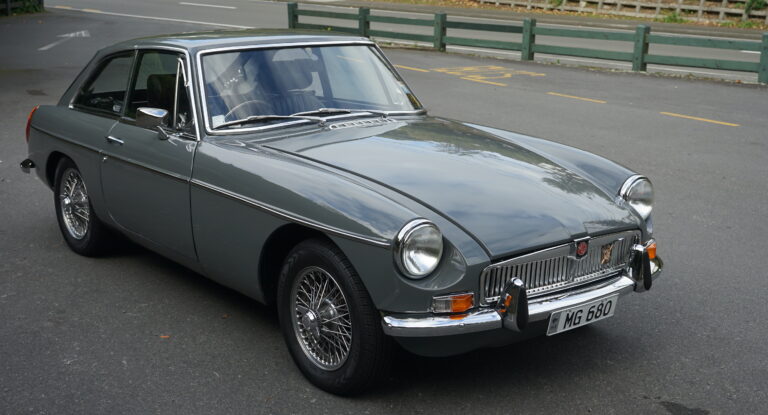I’m sure you’ve all heard the adage ‘you can’t beat modern technology’ — after all, technology’s something that permeates our daily lives, whether we like it or not.
I heard it bandied around quite recently when I attended an Auckland Mustang Owners Club run to Kaiaua — via the scenic route around the picturesque Kawakawa Bay — for a hearty fish-and-chip lunch. There were at least 70 Mustangs expected to attend, and, as they arrived at the early morning rendezvous point in South Auckland, I couldn’t help but notice the number of club members driving late-model Mustangs and Shelbys. My inquisitiveness got the better of me, and I couldn’t resist asking one or two club members why they hadn’t brought along their classic Mustangs.
After a few discussions, I learned that, in some cases, members had simply just gone out and purchased a later-model Mustang specifically for club runs and the like, opting to leave their concours-standard restored classic Mustang tucked safely away in the garage, while others had simply chosen to replace the old with the new. And when I spoke to a couple of new members about what had motivated them to buy a new Mustang, the common response was that, ‘you can’t beat modern technology’ — and, let’s face it, the new Mustangs don’t look too bad either.
When it comes technological advancements, the automotive industry must certainly be — or be close to — leading the way at a blistering pace, as we discovered earlier this month after spending a day in Rolls-Royce’s opulent new Dawn ragtop (grab a copy of the mag to find out more). Much of this technology is in the realm of safety, or, at least, has some sort of safety focus, while the rest is purely for convenience. Typically, these innovative features, of which there are dozens, make their first appearance in high-end vehicles, before eventually trickling down to the everyday commuter when production costs decline and expectations increase due to awareness. Upmarket options that once wowed the public, such as cruise control, airbags, reversing cameras, satellite navigation, and self-closing doors, to name just a few, are now taken for granted as we demand more from automotive manufacturers.
Naturally, this begs the question, what’s in store for future cars? We’re all aware of the huge technological leaps towards driverless vehicles, and I recently saw a rather interesting television documentary on the development of compact ‘flying’ cars and was amazed at just how far this technology has come. Could this be the answer to our burgeoning Auckland traffic woes? Now, that would make a great story.
But I digress, and as much as I’m tempted by the cutting-edge technology and stunning looks of the latest Mustang, I’m happy to stick with the old — at least for now, anyway — and leave the nice-to-have stuff in my daily-driver.
To read the latest from Ashley Webb and the New Zealand Classic Car team, pick up a print copy or a digital copy of the August 2016 issue here:



